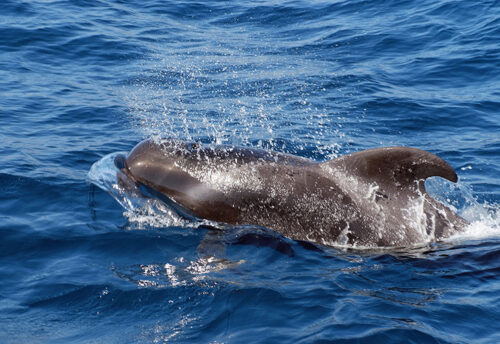Delayed implantation refers to a phenomenon in which the fertilized egg (blastocyst) does not implant in the uterine lining (endometrium) immediately after fertilization. Instead, it remains in a state of dormancy for a period of time before implanting.
This phenomenon is observed in certain mammals, including bears, seals, and rodents. It is a mechanism that allows the mother to optimize the timing of birth to ensure the best possible survival for the offspring.
During delayed implantation, the blastocyst remains suspended in the uterus, with its development and metabolic activity slowed down.



